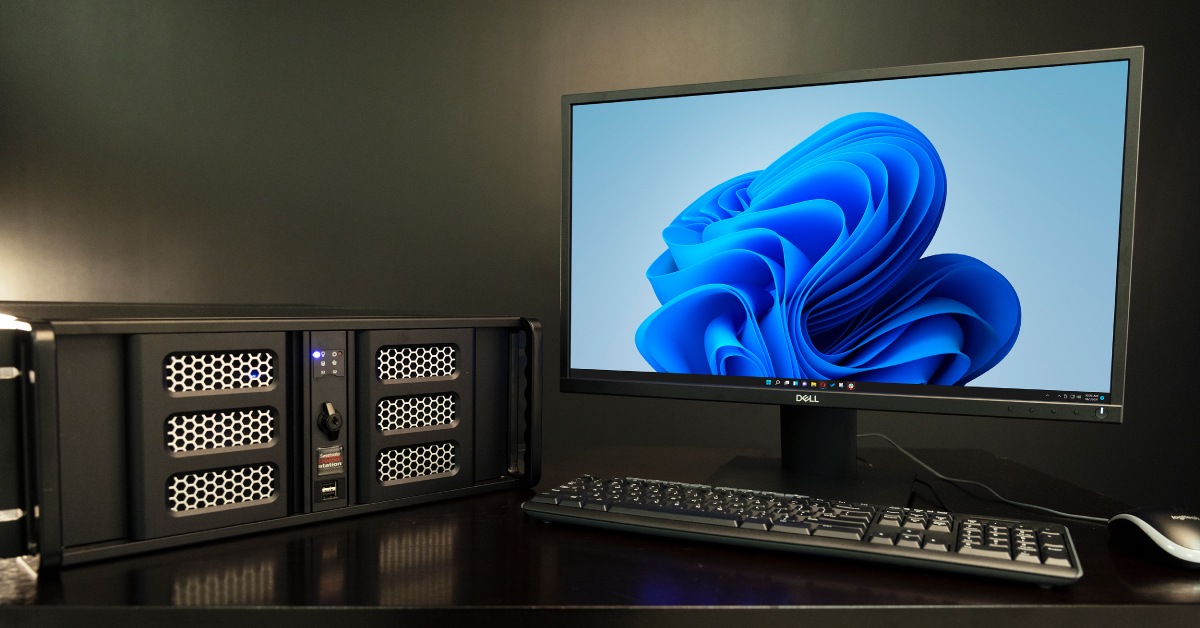Installing Windows 11 Without a Physical DVD: A Step-by-Step Guide
Introduction
Welcome to our blog, where we explore the latest technology and tips for seamless digital experiences. In this article, we'll walk you through the process of installing Windows 11 on your device without the need for a physical DVD. We'll utilize the Windows 11 Media Creation Tool to create a bootable USB drive, enabling a smooth installation process. Let's dive in!
1. Download Windows 11 Media Creation Tool
To get started, head over to Microsoft's official website and download the Windows 11 Media Creation Tool. This powerful tool will help you create a bootable USB drive with the Windows 11 installation files.
2. Verify System Requirements
Before proceeding, ensure your device meets the minimum system requirements for Windows 11. Check out the detailed requirements on the Microsoft website to guarantee a successful installation.
3. Obtain Windows 11 ISO File
To install Windows 11, you'll need the ISO file. You can download it from the official Microsoft website or from other trusted sources.
4. Launch the Media Creation Tool
Once you have the Windows 11 Media Creation Tool downloaded, run it on your current Windows system.
5. Create Bootable USB Drive
Upon launching the Media Creation Tool, you'll be presented with two options: "Upgrade this PC now" or "Create installation media for another PC." Choose the latter.
6. Select Language, Edition, and Architecture
In this step, you'll need to choose the desired language, Windows 11 edition, and system architecture (32-bit or 64-bit) that corresponds to your device.
7. Choose Media Type
Next, select "USB flash drive" as the media type. This will enable the creation of a bootable USB drive, which is a more modern and convenient method compared to physical DVDs.
8. Insert USB Flash Drive
Insert a USB flash drive into an available USB port on your computer. Ensure it has at least 8 GB of capacity to accommodate the Windows 11 installation files.
9. Download and Create Bootable Media
The Media Creation Tool will start downloading the necessary Windows 11 files and create a bootable USB drive. The download time may vary depending on your internet speed.
10. Boot from USB Drive - A Detailed Guide
Now comes the essential part of the installation process: booting your device from the USB drive. Follow these steps:
- Restart your device and access the BIOS/UEFI settings during the startup process. The exact method may vary depending on your device; commonly, you'll need to press a key like F2, F12, Delete, or ESC during boot-up.
- Once you're in the BIOS/UEFI settings, navigate to the "Boot" or "Boot Order" section. Use the arrow keys to move the USB flash drive to the top of the boot order list. This will ensure your device prioritizes the USB drive during startup.
- Save changes and exit the BIOS/UEFI settings. Your device will now reboot.
- With the bootable USB drive inserted, your device should now boot from it, initiating the Windows 11 installation process.
Conclusion
Congratulations! You've successfully installed Windows 11 on your device without the need for a physical DVD. This modern approach using a bootable USB drive is both convenient and efficient. Should you require further assistance or wish to explore additional Windows 11 features, consider upgrading to Windows 11 Pro from SoftwareDigitalDownload. Enjoy your enhanced Windows experience!

